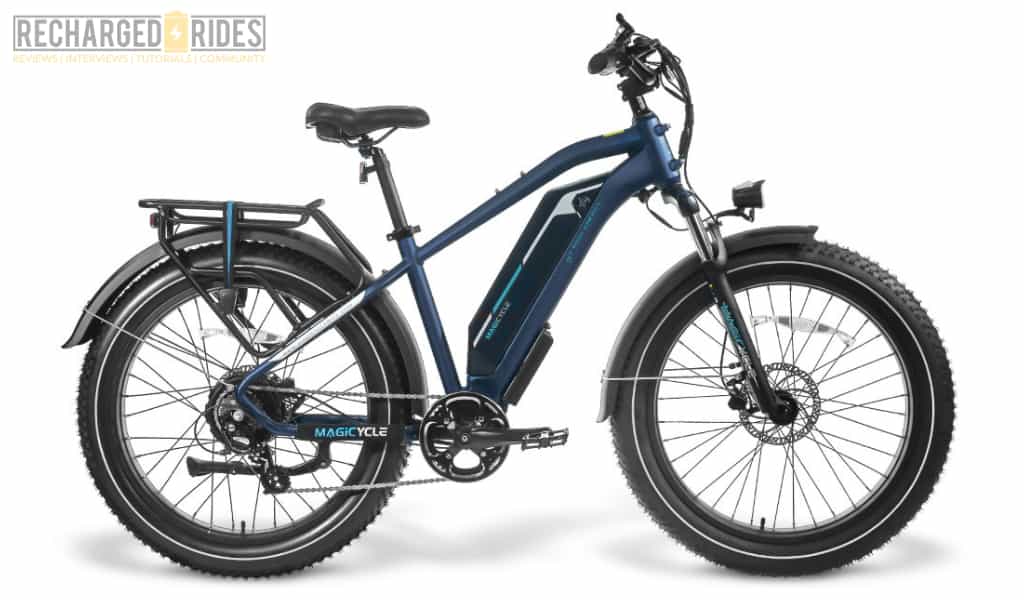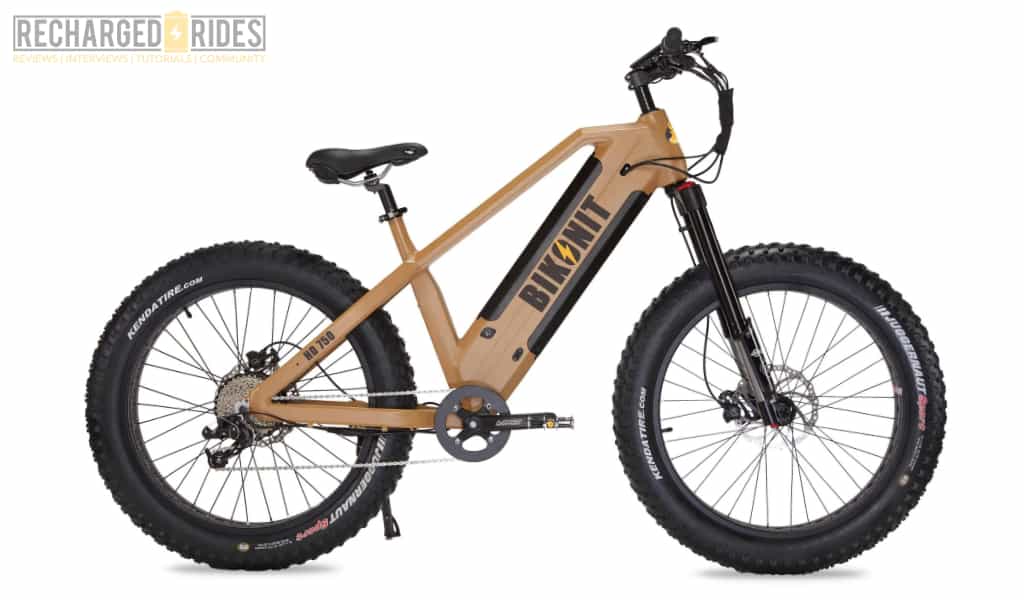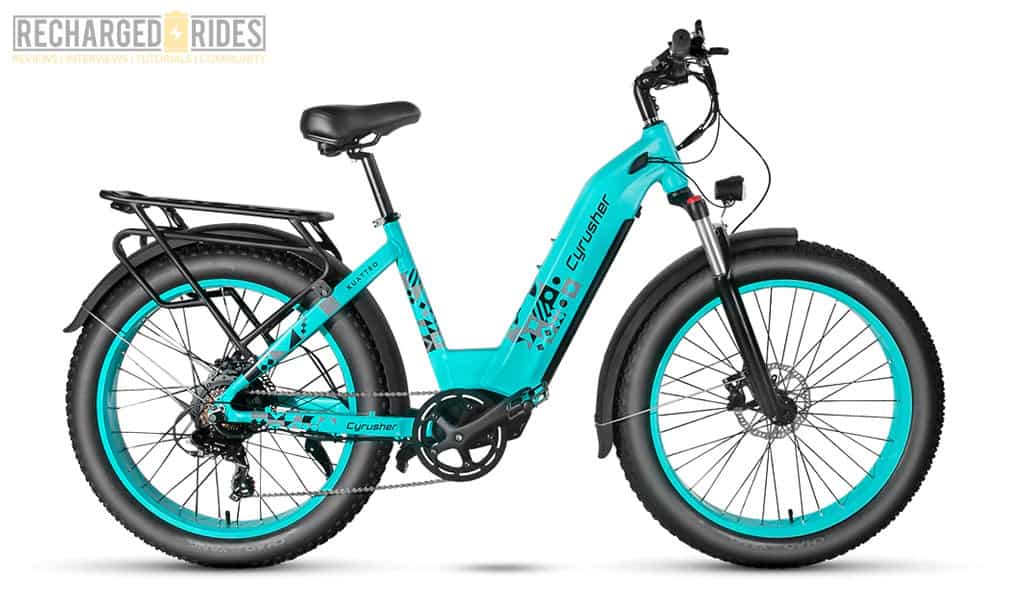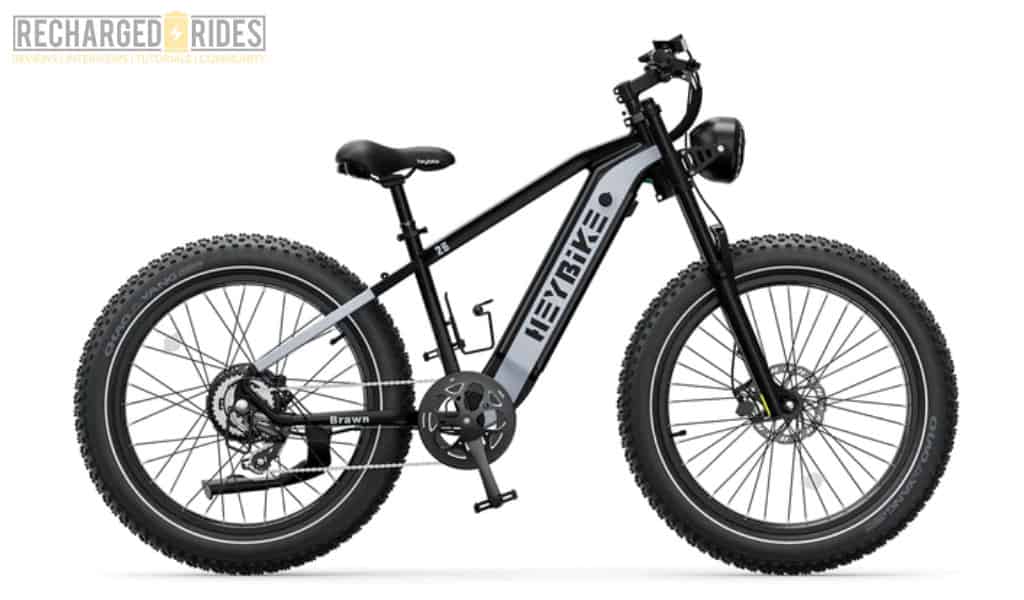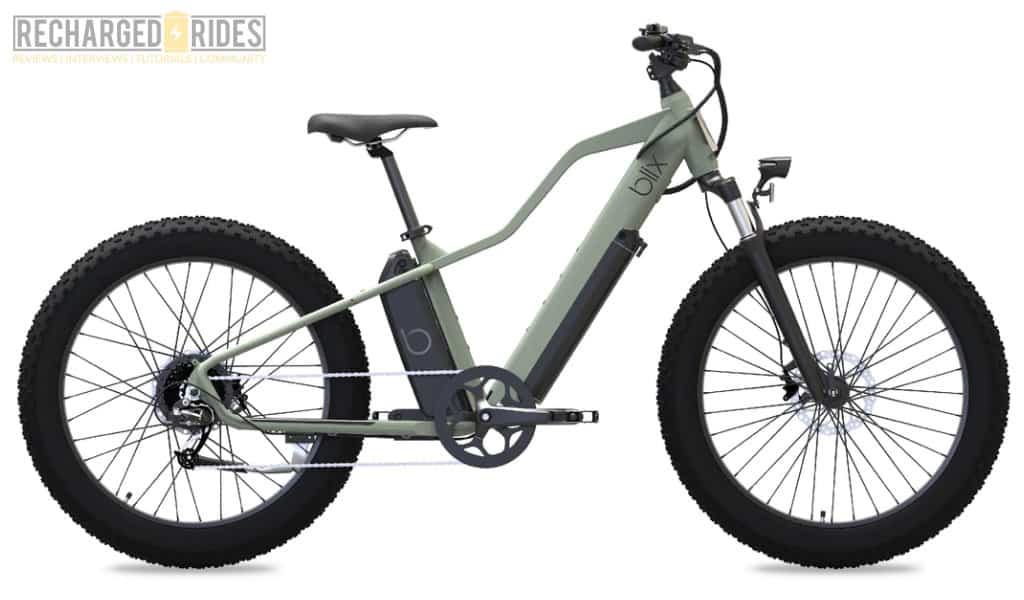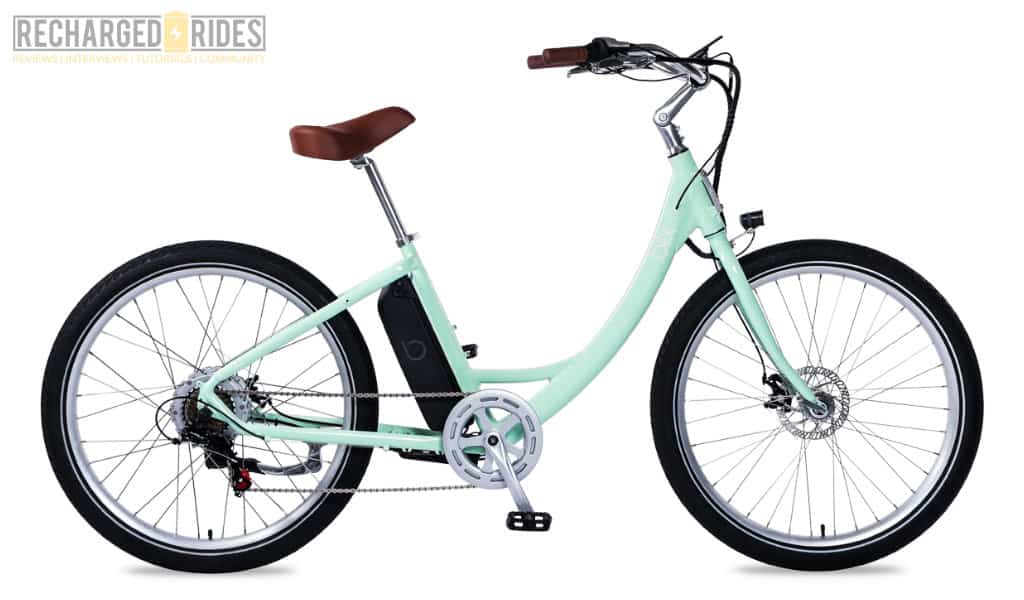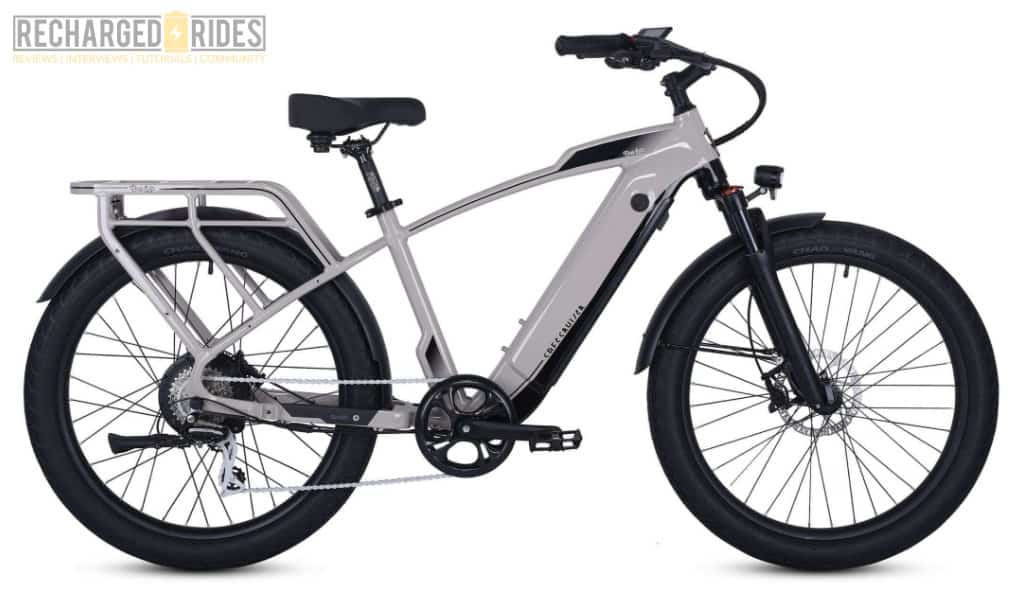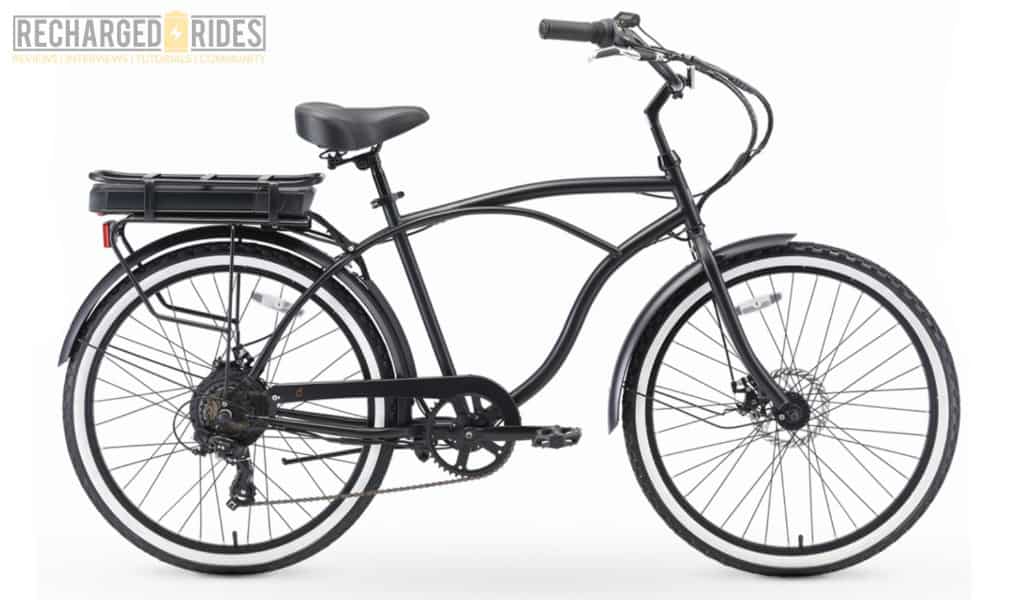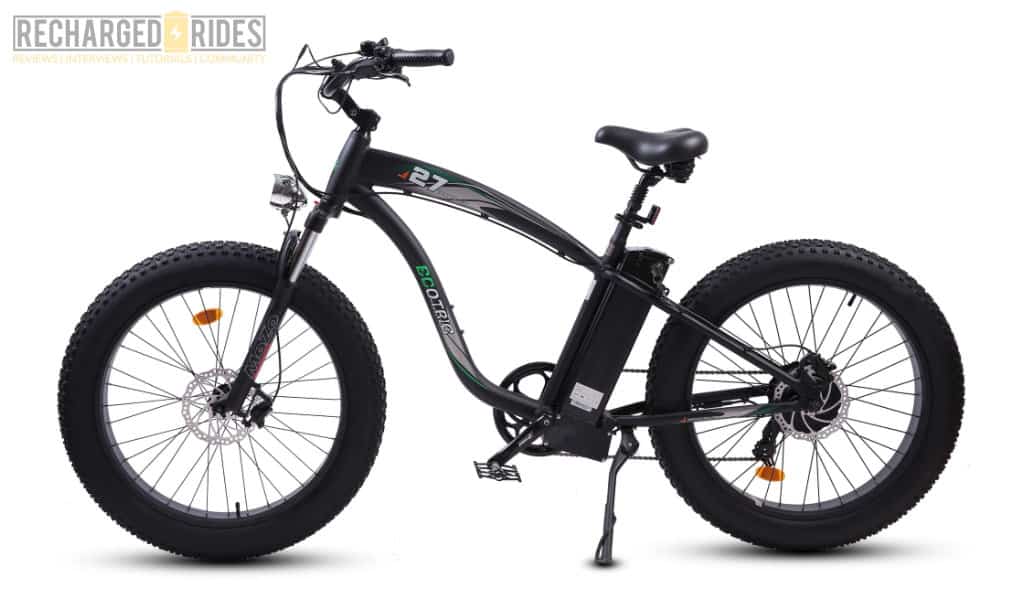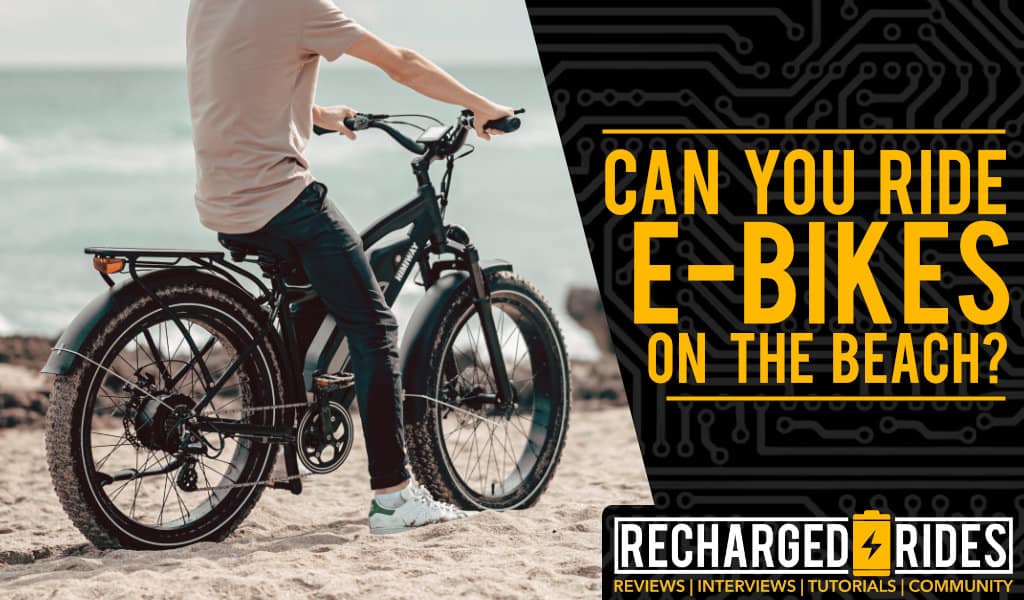
Sand can be a tricky terrain to navigate, particularly when it comes to riding an electric bike. Yet, despite the challenges, riding an e-bike on the beach can be a super exciting, eco-friendly way to exercise, explore the coastline, or cruise to your favorite surf break.
If you’re going to ride in the sand, however, there are some important things that you should be aware of. In this guide, we’ll cover everything you need to know about riding electric bikes on the beach. We’ll go over the importance of checking local laws and regulations, how to find the best fat tire e-bike or beach cruiser, maintenance and safety tips, and more.
Whether you’re an experienced rider or a first-timer who is pumped to try something new, this article will tell you everything you need to know about cruising the beach in style.
Can You Ride E-Bikes on Sand?
Yes, electric bikes can be a great way to enjoy the beach during hot summer days. Riding on the sand can be a unique and fun experience, however there are some important considerations to keep in mind before you hit the beach with your electric bike.
The type of tire you choose is an important factor when riding on sand or in shallow water conditions. Generally, wider tires with a low-pressure tread pattern will provide better traction on softer surfaces like sand and silt. Additionally, if possible, consider using a tire that has been inflated to a slightly lower pressure than usual; this will help spread out the weight of both bike and rider over more surface area thereby providing better grip and stability.
Weight is another critical consideration when riding on soft terrain like beaches. The more weight a tire has to support, the harder it is for it to maintain traction on soft surfaces.
Lastly, when riding on sand, we recommend bumping down to a lower gear ratio for additional torque.
Are Electric Bikes Allowed on the Beach? Laws, Regulations, & Safety
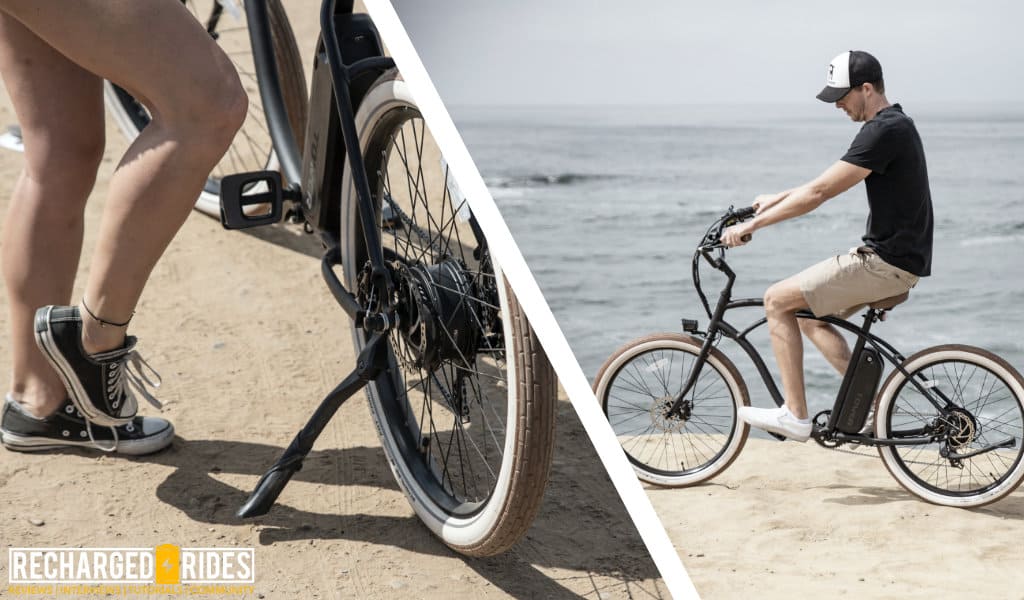
Before hitting the beach, it is important to ensure that you are following the proper rules and guidelines for riding an electric bike on the beach. Each state and locality will have varied requirements regarding where people can ride their electric bike, speed limits, age restrictions, helmet requirements, and more. Failure to abide by these rules could result in fines or other penalties.
Additionally, in areas where riding an e-bike on the beach is allowed, riders should also keep safety at the top of their mind when doing so. This means being aware of other people’s presence as well as avoiding any obstacles or hazards that may cause harm — like rocks, piers, and jetties — while still enjoying the ride responsibly.
Choosing the Best Electric Bike for Beach Riding
Beaches are a great place to ride electric bikes. Whether you’re looking for the thrill of blazing through soft sand or an easy cruise along hard-packed surfaces, an electric bike can do it all. The key to success is finding the right e-bike for your beach adventures. Tires, electric motor, and battery are just some of the important things to consider when selecting an e-bike suitable for beach use.
With their wide seats and handlebars, electric beach cruisers are a go-to choice. Despite their popularity, we actually prefer fat tire e-bikes when riding on hard and soft-packed sand. Electric fat tire bikes provide next-level stability and traction even in deep sand, and their powerful motors and high-capacity batteries pack plenty of power and range for all-day riding.
Additionally, ensure that your electric bike is water resistant; this is especially important if you plan on riding in wet sand or close to ocean spray.
Our Favorite Fat Tire E-Bikes for Beach Sand
The best e-bikes for beach sand, electric fat tire bikes provide the ultimate in rugged durability, performance, and versatility. From fat tire electric beach cruisers to full-suspension, fat tire eMTBs that can also tackle the most challenging off-road trails, fat tire rides are currently all the rage.
When it comes to fat tire electric bikes, there are two popular tire sizes: 26″x4″ and 20″x4″. While both tires perform well in off-road conditions, we prefer the larger diameter 26″x4″ tire on beaches because it does a better job of displacing the sand and offers a larger contact patch with the ground.
Here are five of our favorite fat tire beach e-bikes:
Top-Rated Beach Cruiser E-Bikes
While not as versatile or capable on sand as electric bikes that are fitted with fat tires, electric beach cruiser bicycles are also a lot of fun. Built for comfort, these rides feature wide handlebars, comfortable seats, and a relaxed riding position that’s ideal for the laidback beach lifestyle.
If you’re shopping around for a stylish electric bike for the beach, here’s our list of the best beach cruiser e-bikes:
Cleaning and Maintenance Tips
After riding your electric bike on the beach, it’s important to clean your e-bike to ensure that everything is in good working condition. Cleaning and maintaining a regular bike is key, but it’s even more important to keep your e-bike clean because of all the costly electrical components on it. Sand and saltwater exposure can wreak havoc on your ride, so taking the time to properly maintain your electric bike will help it last for many years.
Here are some pro tips for cleaning and maintaining your electric bike after riding it in the sand:
Rinse and Wash
To prevent corrosion, rust, and other damage that can occur from salt and sand exposure, it’s important to clean your electric bicycle well after riding. It’s best to begin by washing off all salty residue as soon as possible with a mild dishwashing solution such as Dawn. Rinse thoroughly with water and make sure that no soap suds remain on any parts of the bike frame or components. It’s also beneficial to give your e-bike a good air compressor blowout to ensure that any remaining dirt and sand particles are removed from crevices, wires, and other hard-to-reach areas. Pay particular attention to the bike’s drivetrain (chain, derailleur, and pedals), as salt can corrode these components over time. Lastly, be sure to remove any sand buildup from the motor.
Dry Thoroughly
After removing the sand and salt from your ride, be sure to dry it completely using a soft cloth or towel. This helps prevent corrosion, which could lead to costly repair or replacement down the road. Additionally, give extra care when drying around all of the cables and connectors on your bike, as moisture here can cause electrical malfunctions or shorts if left unchecked.
Lubricate
Adjust Your Tire Pressure
When riding a bike on the sand, it is essential to adjust the tire pressure. This simple pro tip will make riding your electric bike in sand a lot more enjoyable and will result in dramatically improved performance, even in loose sand.
The key is to deflate the air pressure in your tires. A good rule of thumb is to let out about 20% of the air from each tire before hitting the beach. This amount depends on your specific bike tires and the type of terrain, but it can be adjusted once you are on the beach depending on how things feel. Softer tires perform far better in the sand and will provide you with more stability and traction.
After you’re finished at the beach, be sure to reinflate your tires to the normal, recommended PSI. Keep in mind that over-inflating your e-bike’s tires can lead to quicker wear and tear due to added stress placed on them, so always stick to the manufacturer’s inflation pressure recommendations. If you prefer a slightly softer ride on the street, you can always inflate the tires to a slightly lower PSI than what is recommended.
Conclusion
In conclusion, electric bikes can provide a fun and convenient way to explore the beach. As long as riders take proper safety precautions and follow local regulations, they can enjoy riding their e-bikes in a responsible manner. While sand does present unique challenges for navigating on an e-bike, with the right tire choice and practice, it should be manageable. Last but not least, to ensure a great experience when riding on the beach, be sure to choose an e-bike that is comfortable and can perform well in both hard-packed and soft sand.

